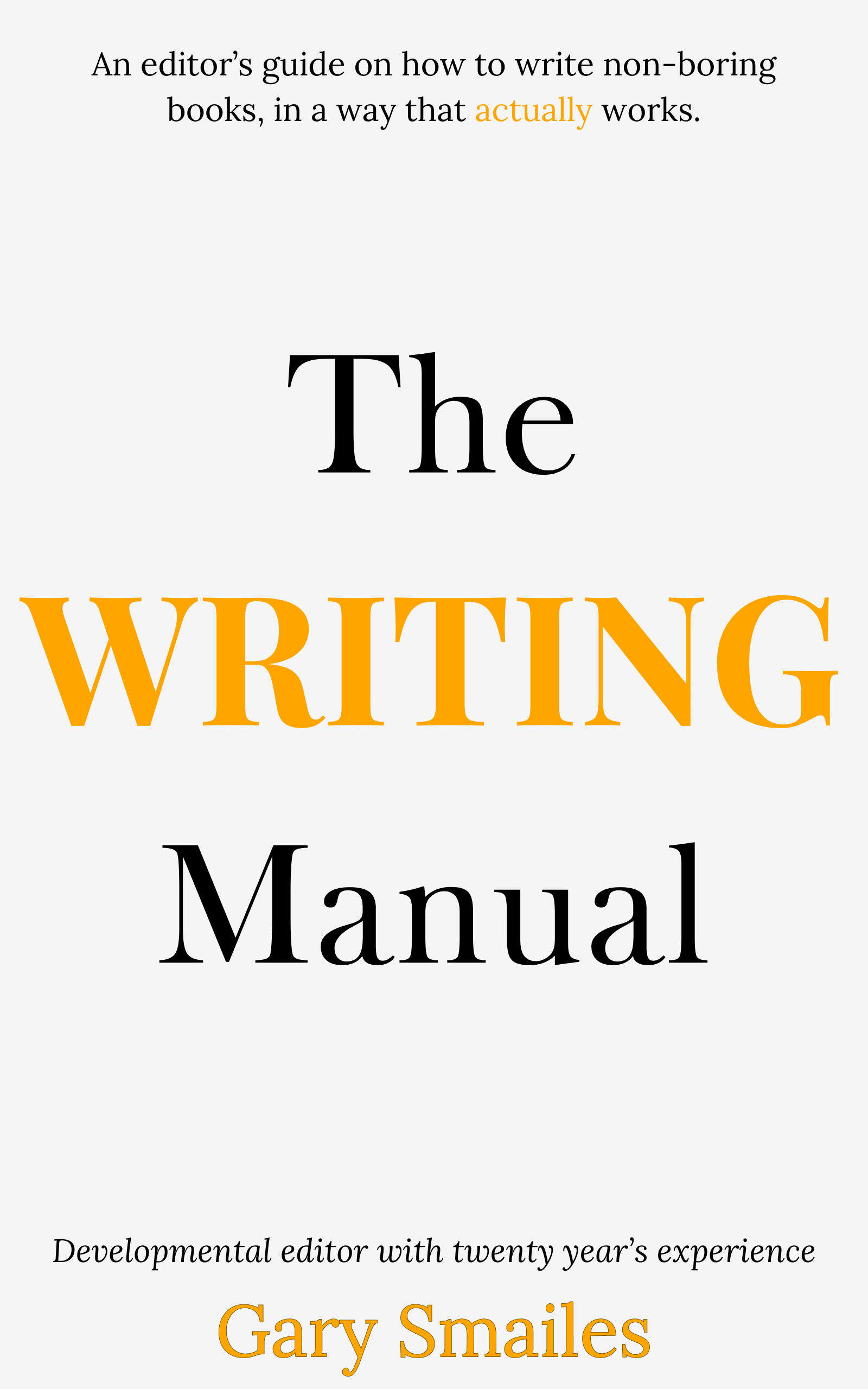



Many writers and editors often find themselves puzzled by the distinction between copy editing and proofreading. Though they share a common goal of refining written content, these two processes serve unique purposes and require different skill sets.
Imagine spending months crafting a manuscript only to find out that what you thought was a polished piece still contains numerous errors. Understanding the nuances of copy editing and proofreading can help prevent such scenarios. Whether you're an aspiring writer, a self-publisher, or a student, knowing when and how to apply these processes is crucial for producing high-quality work.
This guide aims to clarify the differences between copy editing and proofreading, ensuring that you can confidently navigate your writing and editing journey. Let’s dive in and explore these essential steps in the editing process.
For more information on editing, you can refer to this Wikipedia article on editing.
Table of Contents
Copy editing is a crucial step in the editing process that ensures clarity, consistency, and coherence in a manuscript. This phase goes beyond merely checking for grammatical errors; it involves a thorough review of the text to enhance its overall quality.
Key tasks involved in copy editing include:
There are different levels of copy editing, ranging from light to heavy:
A copy editor plays a vital role in the publication process, acting as the bridge between the writer's initial draft and the final polished piece. Their keen eye for detail and deep understanding of language and style make them indispensable in producing high-quality content.
Proofreading is the final step in the editing process, focusing on identifying and correcting surface errors in a manuscript. Unlike copy editing, which delves deeper into the text's overall quality, proofreading is primarily concerned with catching minor mistakes that may have been overlooked.
Key tasks involved in proofreading include:
Proofreading can be done in different formats:
One important aspect of proofreading is the importance of multiple passes. A single read-through may not catch all errors, so it's often recommended to proofread the text more than once to ensure accuracy.
Proofreaders are essential in the publication process as they provide the final check before the manuscript is published or submitted.
While copy editing and proofreading are both essential steps in the editing process, they serve different purposes and require distinct skills. Understanding these differences can help you determine when to use each process effectively.
Here is a comparison chart showcasing the main differences:
| Aspect | Copy Editing | Proofreading |
|---|---|---|
| Focus | Improving overall quality, clarity, style, and coherence | Spotting and correcting surface errors like typos and punctuation |
| Timing | Performed after the initial draft is completed | Done as the final step before publication or submission |
| Scope | In-depth review including grammar, syntax, style, and tone | Final check for minor errors and formatting consistency |
| Skill Set | Requires a deep understanding of language, style guides, and writing techniques | Requires a keen eye for detail and accuracy |
In terms of the publishing workflow, copy editing typically comes before proofreading. This ensures that the manuscript is polished and coherent before the final check for surface errors.
Here are some real-world examples to illustrate the distinctions:
By recognizing these key differences, writers and editors can effectively apply the appropriate process to create polished and professional content.
Knowing when to use copy editing and proofreading can make a significant difference in the quality of your final manuscript. Here are some guidelines to help you determine which process to apply:
In summary, copy editing should come first to improve the text's overall quality, followed by proofreading to catch any minor errors that may have slipped through.
Both copy editing and proofreading are essential steps in the editing process, each contributing to the manuscript's overall quality and professionalism. Here’s why both are important:
Skipping either step can result in a manuscript that is either poorly structured or riddled with errors, ultimately affecting the reader's perception and the text's credibility.
Both copy editing and proofreading require specific skills to be performed effectively. Here are some key skills for each:
Developing these skills can significantly enhance your ability to produce high-quality, error-free manuscripts.
Copy editing focuses on improving the overall quality of the text, including grammar, style, clarity, and coherence. Proofreading, on the other hand, is the final check for surface errors like typos and punctuation mistakes.
Editing, including copy editing, comes first. This step ensures the text's quality and coherence. Proofreading is the final step, focusing on catching any remaining surface errors before publication.
Revision involves making substantial changes to the content, structure, and flow of the text. Editing, particularly copy editing, refines the text for clarity, style, and coherence. Proofreading is the final check for minor errors like typos and punctuation.
Both editing and proofreading are essential for producing high-quality content. Editing ensures the text is clear and coherent, while proofreading catches any remaining surface errors. Each serves a unique purpose in the editing process.
Yes, proofreaders make minor edits to correct surface errors such as typos, punctuation mistakes, and formatting inconsistencies. Their goal is to ensure that the text is error-free and polished.
Absolutely. Proofreaders are essential in ensuring that a manuscript is free of errors before publication. Despite advancements in technology, human proofreaders provide a level of accuracy and attention to detail that automated tools cannot match.
Understanding the distinctions between copy editing and proofreading is essential for producing polished and professional manuscripts. Each step serves a unique role in the editing process, contributing to the text's clarity, coherence, and overall quality.
Copy editing focuses on refining the content, improving style, structure, and consistency. This step ensures that the manuscript is well-crafted and engaging. Proofreading, as the final review, catches any lingering surface errors, such as typos and punctuation mistakes, guaranteeing that the text is error-free and ready for its audience.
Both processes are indispensable in the journey from draft to publication. By investing time and effort into thorough copy editing and meticulous proofreading, writers can enhance the readability and professionalism of their work, ultimately providing a better experience for readers.
Whether you choose to hire professional editors or develop these skills yourself, prioritizing both copy editing and proofreading is crucial for achieving high-quality writing. In a competitive literary landscape, these steps can make a significant difference in how your manuscript is received and appreciated by its audience.

Claim your free eBook today and join over 25,000 writers who have read and benefited from this ebook.
'It is probably one of the best books on writing I've read so far.' Miz Bent